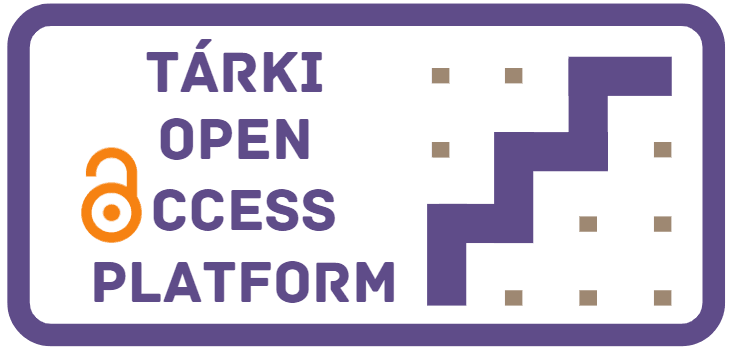Nemek közötti egyenlőség Magyarországon európai összehasonlításban, 2015–2022
letöltésHerke, Boglárka; Szikra, Dorottya
Nemek közötti egyenlőség Magyarországon európai összehasonlításban, 2015–2022
In this study, we examine the evolution of gender equality in Hungary between 2015 and 2022 based on available indicators, comparing it with the European Union member states, with a particular focus on the Visegrád countries. Gender equality is a fundamental value of the European Union, a basic right, and one of the key principles of the European Pillar of Social Rights (European Commission, 2020).
The period between 2015 and 2022 encompasses two European Semester cycles, designed to align the socio-economic policies of member states, and within them, two gender equality strategies (2015–2019 and 2020–2025). Accordingly, our study follows the objectives outlined by the EU in these two cycles. This means that we focus specifically on gender inequalities between men and women, without analyzing significant and negative changes concerning sexual minorities.
The first period set key goals, including increasing women’s labor market participation, reducing gender pay and pension gaps, combating women’s poverty, ensuring equal participation of men and women in decision-making, and fighting gender-based violence while protecting victims. The second period structured its objectives around three core themes: freedom, prosperity, and leadership.
The freedom dimension includes not only combating gender-based violence and protecting victims but also addressing gender stereotypes. Prosperity refers to ensuring equal economic participation for both women and men, extending beyond paid employment to promote a fairer distribution of unpaid caregiving responsibilities. It also aims to reduce occupational segregation, which significantly contributes to gender pay disparities, with a particular emphasis on encouraging women’s participation in STEM (science, technology, engineering, and mathematics) fields.
The leadership dimension seeks to promote equal opportunities for women in decision-making by increasing their presence in leadership roles within businesses, politics (e.g., government, parliament), and other public institutions (e.g., courts).
